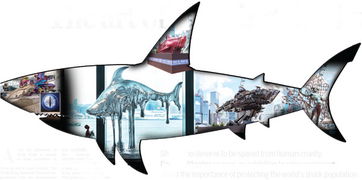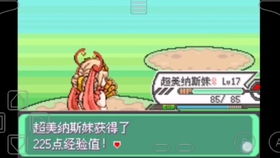Content:
Bridge underpass fishing has become an increasingly popular pastime for anglers seeking a unique and often more secluded fishing experience. The underbelly of a bridge can be a treasure trove of fish, with currents, structure, and a variety of species to entice. Whether you're a seasoned angler or a beginner looking to try something new, here are some valuable tips and methods to help you master the art of bridge underpass fishing.
Choose the Right Bridge
Not all bridges are created equal when it comes to underpass fishing. Look for bridges that have a substantial underpass with a good amount of water flow. Bridges over rivers, lakes, or canals are ideal. Additionally, consider the following factors:
- Structure: Bridges with large piers or columns provide more structure for fish to hide and feed.
- Water Flow: Look for underpasses with strong currents, as these tend to attract fish looking for a meal.
- Access: Ensure the bridge is easily accessible and safe to fish from.
Timing is Key
The best time to fish under a bridge is during the low-light periods, such as early morning or dusk. Fish are more active during these times, and the cooler temperatures can also be more comfortable for both you and the fish. Avoid fishing during the middle of the day when the sun is at its highest, as fish often seek shade and may be less active.

Tackle and Equipment
The tackle you use for bridge underpass fishing should be versatile and designed for the specific conditions you'll encounter. Here are some essential items:
- Rod and Reel: A medium-heavy rod with a spinning reel is a good all-around choice. The rod should be long enough to cast effectively and handle the fight.
- Line: Use a monofilament line in the 8-12 lb test range for general fishing. Fluorocarbon line is a better choice for its low visibility and increased sensitivity.
- Hooks: Depending on the species you're targeting, use hooks of appropriate size and strength. For example, smaller hooks for panfish and larger hooks for larger species like bass or catfish.
- Lures and Baits: Live bait like worms, minnows, or leeches can be very effective. Artificial lures such as spinners, jigs, and crankbaits can also work well.
Fishing Techniques
Here are some effective techniques for fishing under a bridge:
- Cast and Retrieve: Cast your lure or bait into the underpass and retrieve it slowly, mimicking the natural movement of fish prey.
- Trolling: Attach your lure or bait to a fishing line and pull it through the underpass. This method can be particularly effective in strong currents.
- Jigging: Drop a jig or weighted lure into the water and jig it up and down to attract fish.
- Bottom Bouncing: Attach a weight to your line and let it bounce along the bottom of the underpass. This technique can be great for catching fish that are holding close to the structure.
Safety First
Safety should always be a priority when fishing from a bridge. Here are some tips to keep you safe:
- Check for Obstructions: Before you start fishing, inspect the underpass for any hazards such as loose debris or strong currents.
- Use a Life Jacket: If the water is deep or the currents are strong, consider wearing a life jacket.
- Stay Aware: Be aware of your surroundings, including other anglers, pedestrians, and vehicles.
Conservation and Ethics
Always practice catch-and-release when fishing for species that are not meant to be kept, or if you are not planning to keep your catch. This helps maintain healthy fish populations and preserves the environment for future anglers.
In conclusion, bridge underpass fishing can be a rewarding and enjoyable experience with the right preparation and techniques. By choosing the right location, timing, tackle, and safety measures, you can increase your chances of success and make the most of your fishing adventure. Happy fishing!












